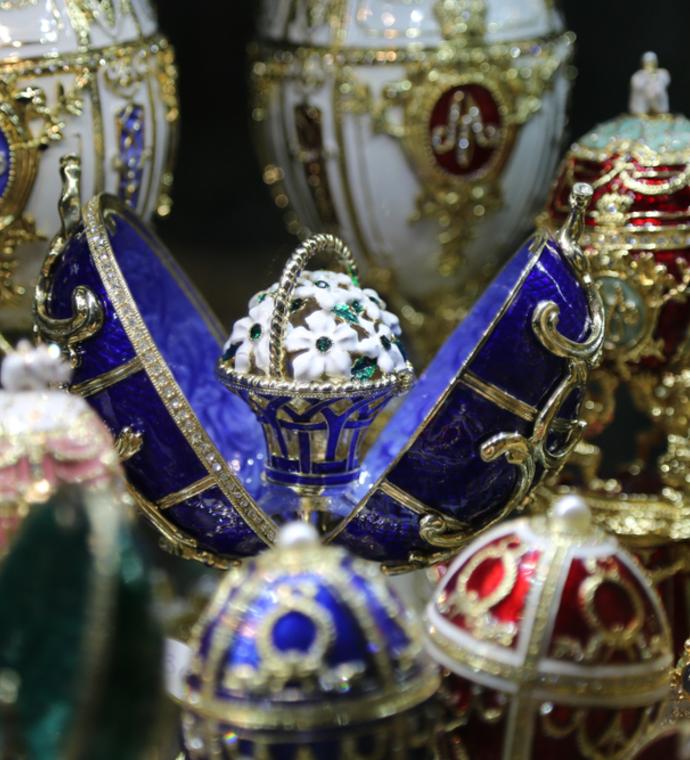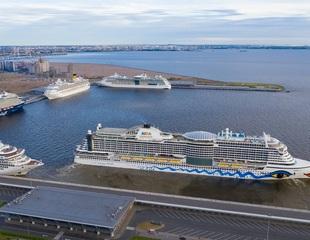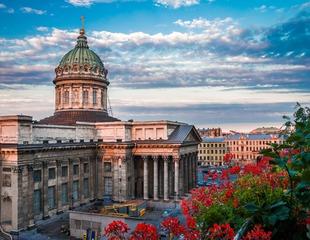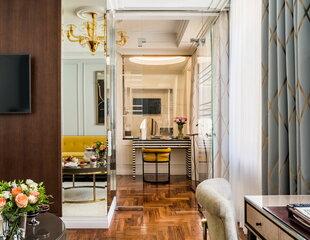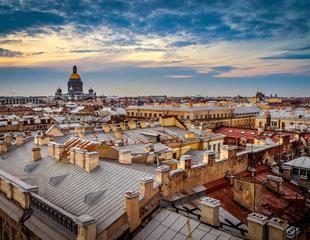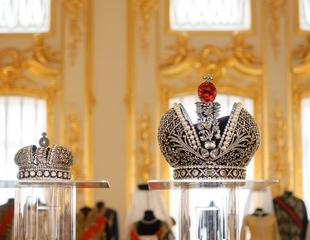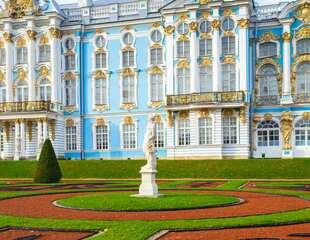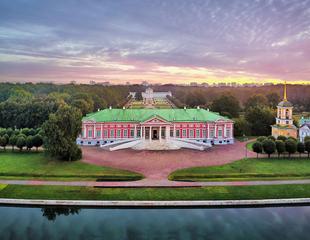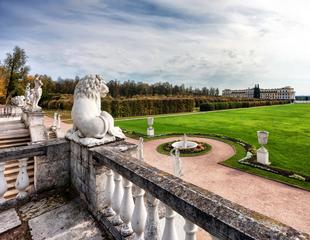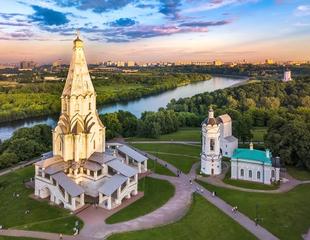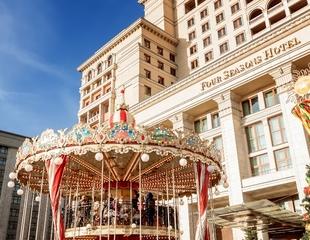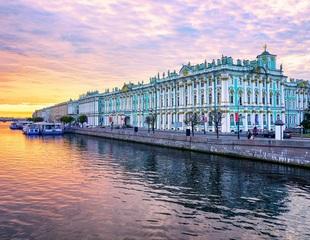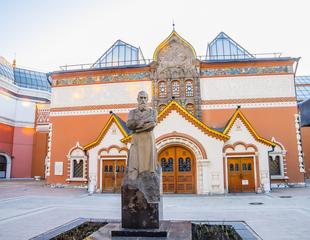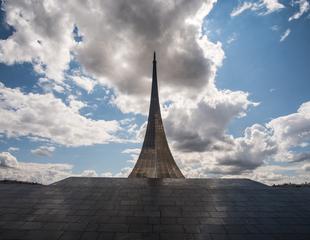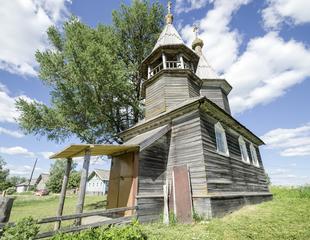The Faberge Museum in St. Petersburg was opened in 2013. It’s a private place which is located in the Shuvalovy–Naryshkiny Palace on the Fontanka Embankment. The history of the Museum started in 2004 when Victor Vekselberg, the famous Russian businessman and the president of the innovation “Skolkovo” foundation, bought the collection of the Faberge eggs, which was then owned by the descendants of Malcolm Forbes. He, in his turn, was a famous American entrepreneur and a son of Bertie Charles Forbes, the founder of the “Forbes” Magazine.
Mr. Malcolm Forbes collected those eggs for many years, buying them on different auctions. Every item from his collection should be sold separately, but Mr. Vekselberg managed to agree on the fact that he would buy the whole collection. So, not only he saved the eggs from traveling around the world but brought them back to Russia as well.
So, it was decided to establish a museum that might display the collection based on the one which Mr. Victor Vekselberg obtained. It was also decided to bring it to the Shuvalovy-Naryshkiny Palace which was then occupied with the “Svyaz Vremen” (“The Link of Times”) Foundation. In 2006, a global restoration began, and it lasted for seven years. Finally, the museum was opened for the public, and people who are into history and love seeing rare exhibits had got a chance to see the things which were owned by the members of the imperial family many years ago.
The Faberge eggs are the extraordinary standard of the jeweler’s art. For their creation, only precious materials, such as gold, silver, diamonds, pearls, rubies, velvet, suede, and rock crystals, were used. The very first exhibit, which is offered for seeing in the Faberge Museum is the “Kurochka” (The “First Hen Egg”) Egg, which was made by order of Tsar Alexander III for his wife. It’s the first egg in the collection of fifty-two imperial eggs made by the Peter Carl Faberge jewelry house for the Russian Imperial Family. Other extraordinary exhibits include the Imperial Coronation Egg, made in 1897 to commemorate the coronation of the last Russian emperor, Tsar Nicholas II. It was given as a gift to his wife, Tsaritsa Alexandra Feodorovna. Visitors may find other famous eggs such as the Bay Tree egg which Nicholas II presented to his mother Maria Feodorovna for Easter in 1911, the Rosebud Egg which Nicholas II presented to his wife Alexandra Feodorovna for the Easter in 1895, the Lillies of the Valley Egg, and the Fifteenth Anniversary egg (also known as the Love Trophies egg), and the Order of St. George egg, made in 1916, which Nicholas II of Russia presented to his mother Maria Feodorovna as well.
To see all the magnificent eggs, just go and visit the Faberge Museum in St. Petersburg individually or with a group for an excursion. The Museum is opened daily from 10 a.m. till 8:45 p.m. for individual visitors, and from 10 a.m. till 6 p.m. for groups. You can book an individual guided tour of the Faberge museum at our travel agency.
